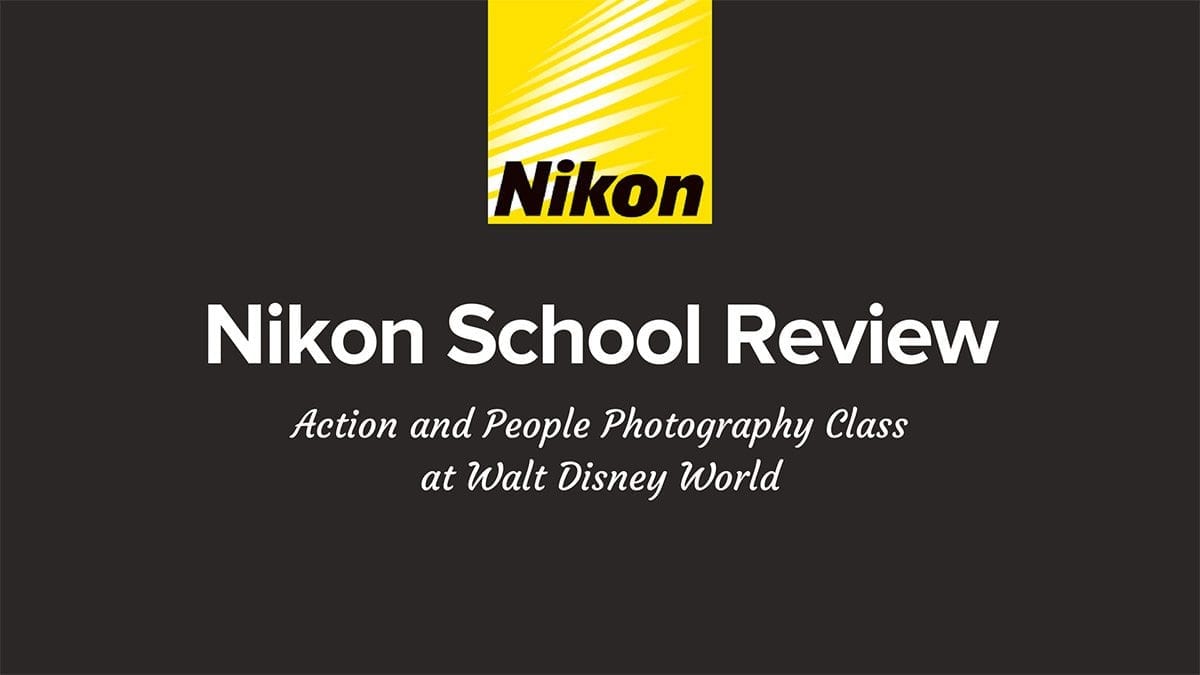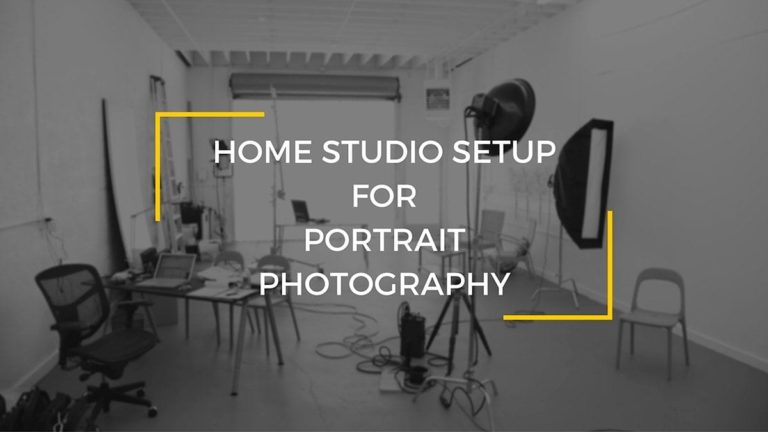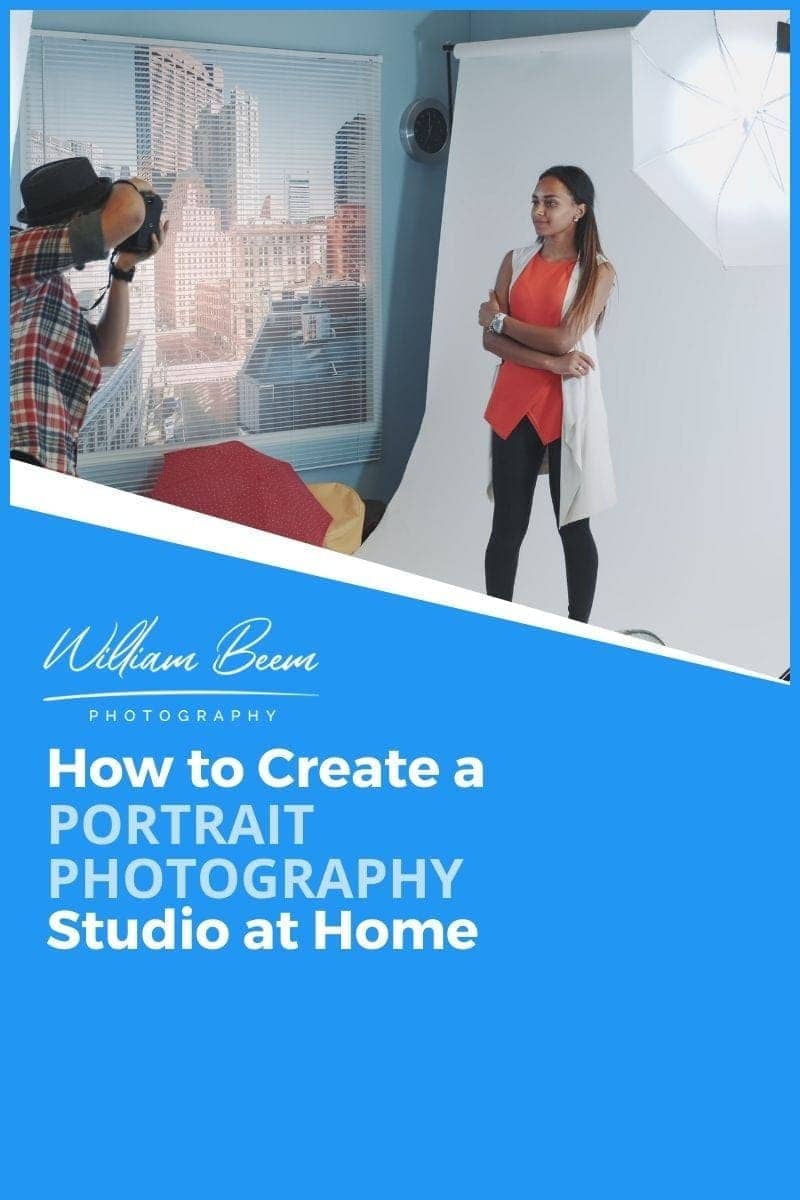Affiliate Disclosure: We earn a commission if you purchase through one of our links at no additional cost to you.
I was invited to check out the Nikon School class in Orlando recently. I didn’t have any expectations, other than curiosity. Fortunately, I learned a few things and discovered a path to more education from Nikon.
Why Did I Attend the Nikon School?
I shoot Nikon gear. My expectation of the Nikon School courses weren’t really about the gear, though. There were a few courses offered, but I opted to attend one about Action and People Photography.
A bit of disclosure seems appropriate. Nikon provided this course to me in exchange for a review. While the course was free, the review is my opinion. Nikon never asked for any special favors. Those of you who know me realize that I put my audience first.
I’m grateful to Nikon for the opportunity to attend and offer my Nikon School review. Everything in the review is my opinion based upon my experience.
What is the Nikon School Experience?
This was my first experience with the Nikon School, but it’s only one type of educational training they offer. I attended the Nikon School at the Contemporary Resort Hotel at Walt Disney World.
Basically, it was a seminar with a presentation. There were no models or sets, no demonstrations of photography. It wasn’t a workshop, so the attendees weren’t there to take photos.
What I saw was a solid presentation of photography lessons for the intermediate photographer. Keep in mind that I only attended one course, and it was a seminar on a specific type of photography.
The Nikon School started as a traditional seminar, but it’s evolved over the years. Now you can find seminars, online learning and workshops available from the Nikon School.
You don’t need to own a Nikon camera in order to attend. While there were some parts of the seminar that were specific to Nikon camera features, the subject matter was photography. If you have a DSLR or other camera that you can control, then you can learn photography concepts from the offered courses.
You can check on the Nikon School web page for other topics and types of lessons.
There were a couple of sponsors for this event at the Contemporary Resort Hotel. Sandisk had a rep available with information on their memory cards. Triple Scoop Music was the other sponsor. Though they didn’t have a rep attending this session, we got to hear samples of their music during the presentation and a brief overview of how it works to benefit photographers and videographers.
Action and People Photography
The course was three hours, divided by two speakers. Michael Schwarz presented for the first part on action photography and Reed Hoffman followed with portrait education.
Both were great speakers with plenty of example photos to illustrate their points. They both also had a way of breaking down the subject into simple and relatable terms.
1: Action Photography Training
When you think of Action Photography, what comes to mind?
Michael had a simple definition for Action photography that really covered all of the genres. Action photography is the ability to react quickly.
Great! Now how do you do that?
Michael covered the answer logically from the obvious to answers that come from experience as an action photographer.
Among the obvious answers was that it’s easier to get action photos in bright light than in low light. You need a faster shutter speed. Preferably a shutter speed over 1/1000th of a second to freeze motion.
Most people will think the answer is to switch to Shutter priority to get their action shots, but that’s where you could run into a problem.
The shutter speed is only one part of the exposure equation, and it’s limited by the amount of light hitting the sensor. If your camera sensor needs more light than it can gather using the shutter speed you selected, you’re out of luck.
Let’s say you need a minimum shutter speed of 1/1000th of a second. The camera in Shutter Priority will vary the Aperture to get the shot you need. The ISO remains fixed, though.
If your camera meter determines that a wide open aperture and your ISO setting don’t provide sufficient light to take a shot at 1/1000th of a second, you’re not going to get the shot.
The camera isn’t being difficult. It’s a matter of the physics of light and the capability of your lens. It can only do so much. You have to vary the ISO to get your shutter speed.
You could manually change the ISO, but is that what you want on your mind if you’re shooting action that goes in an out of shadows, or as the sun moves during the day?
The Answer is Auto ISO
This may seem counter-intuitive, but the way to get a camera to shoot at it’s fastest speed is to open the aperture all the way and combine it with auto-ISO.
This is where we got into Nikon specific settings. Michael showed the options to set triggers in your camera settings to define a minimum shutter speed, yet keep the ISO as low as possible to get a proper exposure.
The Amazing Auto-focus
Michael also had a great discussion of the auto-focus capabilities in Nikon cameras to use for action photography. I didn’t even realize that some of them existed.
It seems you can set the interval at which your camera will lose track of a subject and then lock on to something else. Such a simple, yet powerful concept.
Imagine you’re a bird photographer tracking an eagle in flight. The auto-focus keeps track as you wait for the right moment to take the shot.
Then the eagle flies behind a billboard, because eagles are obnoxious animals, and emerges on the other side.
What does your auto-focus do?
With the default settings, it locks perfectly on the sign. However, you can change that with a few settings to prevent the focus from changing as you wait for your subject to emerge on the other side. You keep panning without losing your focus.
That’s cool stuff.
2: People Photography
Michael did such a great job that I thought Reed had a tough act to follow. Reed was just as good with his presentation.
Let’s start with a basic premise. What’s the most important thing in your portrait photography? Most people in the room immediately thought it was the subject.
While that’s part of the equation, Reed posited that the subjects are almost irrelevant. You could replace your subject with another subject and still have a great photo. Reed had a mantra he repeated through his presentation.
Subject. Light. Background.
It’s almost like the exposure triangle of aperture, ISO and shutter speed. You can vary the settings like cantilevers to get the right exposure. With portraits, you can vary your subject, light and background. However, all must work together to get the right portrait.
Some subjects work well with hard light. Others work well with soft light. If I have a body builder for a subject, I’m going to use hard light to define those muscles with harsh shadows. Maybe not deep or long shadows, but hard light works there.
Soft light may be appropriate if you’re into photographing more delicate subjects. Not many parents want their babies photographed with hard light.
Match your subject and your light.
If something can ruin the photo, it’s using the wrong background even when you match your subject to your light.
Your background should not compete for attention and distract the viewer from your subject.
Creativity in Capture
We often hear that it’s best to get it right in camera. That includes the correct setting of your white balance. One of the things I learned is that white balance gets applied after the capture.
I never thought about it before, but it makes perfect sense. For those who shoot in RAW, you have plenty of information to change our white balance and other settings using a variety of tools.
If you’re shooting in JPEG, your options are limited. I have some old JPEG photos I screwed up at capture with the wrong white balance. I can make some adjustments, but my options are limited.
That’s why selecting a white balance is better than going with Auto White Balance. You know what to expect for your photos. When I’m shooting portraits, I use a grey card to set a custom white balance in-camera to make sure I’m capturing the right settings. There is always time to screw up the colors later in post processing.
Cameras also come with other settings for different types of shots. Neutral, Vivid, Landscape, etc. Those are proprietary processing settings that Nikon and other manufacturers use to help you create beautiful photos.
If you like that look, you can only get it with your camera or the corresponding Nikon software. Lightroom may try to approximate the look, but it’s never identical. Those settings are guarded secrets.
They don’t show up on RAW files, but you may want to change your settings to RAW+JPEG to have the option of starting with the settings that Nikon provides.
Attendees from Near and Far
Walt Disney World is just under an hour away from my home. I expected to find most of the Nikon School attendees from this area. What surprised me is that people were coming from a few hundred miles away, and some even further, for the education they get from Nikon School events.
In fact, they’ve been coming for decades. The instructors recognized plenty of people who’ve been attending these events for 15-20 years without missing any seminars. Some are enthusiasts. Some are professional photographers. They all shared the same desire to improve their photography. Clearly they trust Nikon School to help them get better.
One More Thing
This part really isn’t about the Nikon School itself, but I’m extremely happy that they held these classes at Walt Disney World. That’s because of the catering.
You had the usual things like free water, coffee and soda. Disney threw in their own treats as part of the experience. Warm pretzels, chocolate ganache covered cakes shaped like Mickey’s head, Mickey rice crispy treats and then the ice cream.
Mickey ice cream sandwiches and Mickey ice cream bars.
They were included with the seminar. It was glorious. I never want to attend another photography seminar that doesn’t have Mickey ice cream sandwiches. They’re better than anything you find at the gas station. Even the ice cream bars on a stick have a thicker chocolate coating and high quality vanilla ice cream inside.
I’m telling you, the Nikon School events in Orlando have a leg up on everything else when you throw in free Mickey Mouse ice cream treats. No wonder Disney usually charges nearly four bucks for these things.
I Enjoyed My Nikon School Experience
Although I started using Nikon over a dozen years ago, I never looked into the educational opportunities that Nikon provides. That’s despite having been to the Nikon web page more times than I can count.
I really enjoyed the seminar that I attended, but what really excites me is that I now know of an untapped resource for more photography education.
There are courses for everyone. From courses for beginners starting to understand their Nikon DSLR and Speedlights to fundamentals of photography. There are advanced courses for children and pet photography. There are hands-on workshops with Nikon Ambassadors, too.
You’ll get the most out of the courses if you have a Nikon DSLR, but the concepts apply to photographers everywhere.
Check out the Nikon School class schedule to see if something fits your needs.




